The murders of George Floyd and Breonna Taylor at the hands of law enforcement have prompted a watershed moment in the centuries-long fight to overcome the systems that perpetuate racist violence in our country.
In that struggle for liberation, Black musicians have always been on the front lines. All art is inherently political — and that’s doubly true of jazz. CapitalBop has always put this fact at the center of our work, and we continue to stand behind the changemaking organizations who have been our partners in the past: Empower DC, Black Lives Matter DC, WPFW 89.3 FM and others.
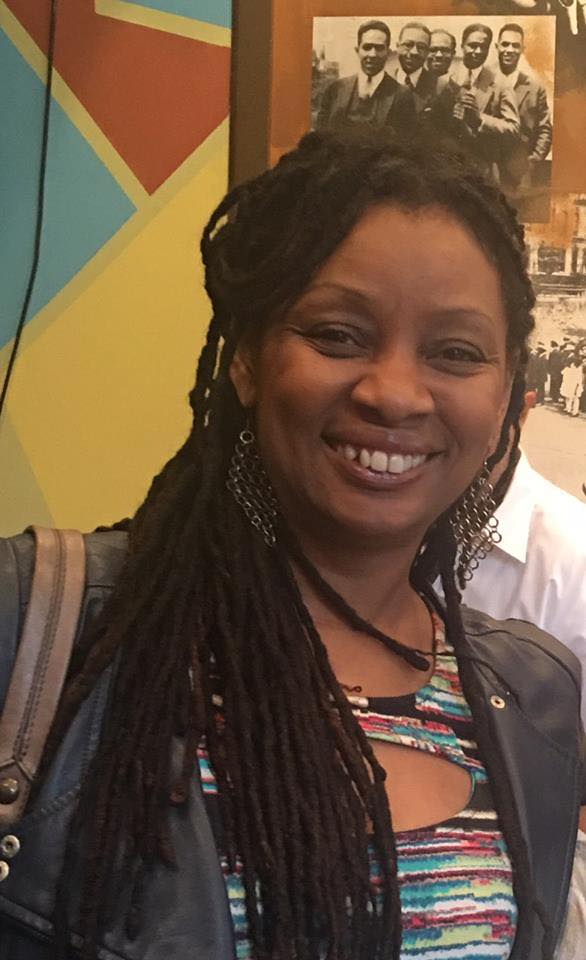
Katea Stitt. Courtesy Facebook/Takoma Radio
In D.C., there’s no greater champion of the connection between “jazz and justice” than WPFW, a listener-supported station that has kept progressive ideas and Black music in circulation on the D.C. airwaves for almost 50 years. And in recent decades, perhaps no one has been more central to the continued success of WPFW than its program director, Katea Stitt, a lifelong activist for social justice — and a jazz advocate of royal birth (as the daughter of legendary saxophonist Sonny Stitt).
This week, I asked Stitt to take a moment to help CapitalBop’s readers understand the deeply intertwined legacies of culture and activism in D.C., which has always been a hotbed of Black musical innovation as well as political action. She shared stories from her own personal history in the movement, discussed the current moment in a broader historical context, and explained why it’s so urgently necessary for an intersectional community of artists and activists to join in the struggle together.
The following interview has been edited for concision and clarity.
CapitalBop: When did you first get involved in activism and cultural work?
Katea Stitt: When I was 19. I think that’s when I first found my voice and put the two together: cultural work and social-justice activism. I started with [the radio program] Black Brown and Beige Quintet, on WPFW. It was five women, five days a week. Every day was a different take on the music. I remember, there was a White House protest. It was during the first invasion and occupation of Iraq, by the senior [President George] Bush… I heard about it while I was on the air. And because I was on till midnight, I walked down there, and there were thousands of people in the street at midnight. And that did it for me, I never looked back. I was like, completely politicized.
At that point, when exploring what it means to be pan-Africanist, and some African nationalist stuff, I’d already hooked up with the folks that did Malcolm X Day, and I was just learning and absorbing everything I could. Because while I was raised to be proud of Black people in everything that we do, and to strive for excellence, you know, support each other, I didn’t really know all of our history in an academic way. So ‘PFW and everyone I met through it really politicized me.
It was all this lovely community who were both culturally and politically conscious. In the most beautiful of Black ways. Yes, I have never looked back from that moment at all. And you know, whatever I’ve done in my life beyond that, whether it’s working with Sekou [Sundiata] or Craig Harris or Amina Claudine Meyers or Diane McIntyre, Lester Bowie, or, you know, the Nuyuorican Poets, whatever it was, that was always at the center of my work.
CB: Yes. Yes. And that’s so interesting to hear about the roots of that, of your cohort of people. Because D.C. has changed so much. That was that was the first Barry mayoralty, right, in the ’80s?
KS: Marion Barry was not allowing developers to come into this city and do what they want with it. He was standing with poor Black and brown people in this city. And they weren’t going to have it. They needed the city. And what we see now is full-blown. It’s not even gentrification anymore. It’s been a complete remake. Before you know it, there’s a white homeowner here, another one there, someone buying a building. It’s very insidious, you know? And people like to throw up their hands and say, “Well, what, I’m just buying property.” But how are you using the policy and the procedures and the processes to ensure that you get that property? That’s the root of why people hate gentrification.
When you move into any community, it’s like when you walk into someone’s house: You don’t start telling them how to run a house. You know what I mean? Learn where you are. Know your place. We hear this all the time in relation to Black people, and how we’ve had to know our place. Jesse Williams said it best in a speech where he said: “Tell that to Sandra Bland, who would have been alive, had she not been so free.” She stepped out of her “place.”
We are trying to rid ourselves of all abuses, and become a beloved community. And the only way that’s going to happen is an intersectional movement from top to bottom. So your social-justice workers and your cultural workers will have to figure it out and come together to support each other.
CB: Now it’s so obvious that D.C. is in the grip of this development wave and all of the law enforcement and the violence that comes along with it. How have you seen the activist community here adapt and respond, how is the current moment building on all that work that was being done back in the ‘80s and ‘90s?
KS: You know, I think that I’m proud of D.C. right now. When I go to these rallies — and I’ve been to every one, I try to go out as often as I can — I want to testify. That’s why I live on Facebook Live: so that people can see that what they’re seeing on the news is not what’s happening down here. Because we know that it’s much more exciting for the public to see a Black boy on a police car that’s burnt out, than to see an intersectional group of folks doing a die-in for George Floyd for several minutes.
D.C. has been beautiful: these young Black people at the forefront, although young white people in solidarity have been amazing. There was a march this week from the White House to the Lincoln Memorial. There were three African-American brothers and a Palestinian brother that held the crowd. My heart was bursting, because these young men knew the history. They knew how to command and soothe the crowd, they knew how to keep us safe. And then they started to speak to us and talked about the historical significance of these steps, of this space.
So I think we are as ready as we’ve ever been in D.C. for this moment. And, you know, I just say: Keep it going. Don’t get fooled with the okey-doke of the police being charged.
CB: I think that for a lot of jazz fans, and especially white jazz fans, just this idea of “jazz and justice,” it’s not intuitive to them. What do you say to them? Is there a call to action in this moment?
KS: First and foremost, we’ve got to remember: It’s a revolutionary music; it’s a democratic music. These are the two pillars that we stand on. It is born out of the totality of the oppression of Africans in America. That doesn’t say that not everyone can play it, but we gotta pay homage to the origin. We love to talk about Bird [Charlie Parker]. Now, in bebop, we see the galvanization of: “we’re standing up, through this music.” This is Black America standing up, right?
It’s born out of the experiences of Africans in America. There is no greater democratic expression in culture, in music, than jazz. It only works when everyone is listening to the other. If you’re not listening to each other, it’s not going to be a good outcome.
Not only listening, but beyond listening: Are we hearing each other? When you, Jamie, as a white man, hear “Black Lives Matter,” that completely resonates with you, heart and soul, and you respond in kind. That’s what this music is too. When a piano player plays a riff, the saxophonist hears that and thinks about how they can either be in solidarity — you know, the social-justice term — or how they can extend that movement, extend that cry. Then that is when it’s beautiful. That is when you’re all in it together. So the jazz community needs to join the social-justice community in this moment.
CB: Are there any present-day examples that we should draw on and take inspiration from — examples of the music community supporting this continuum of activism in the District?
KS: There are many fronts to fight on. What we might try to do is think: How can we get together as a jazz community and support the young people who are in the street? Give to bailout funds, drop off supplies? I mean, Ayanna Gregory, she’s holding healing space through her stream for protesters. I encourage the jazz community to take all of those leads. And then move beyond it, find other ways that we connect and then come back and share it with the rest of us.
We don’t want policies that force low-income people to be in the shadows any more than we want policies that ensure, at this moment, that Black bodies can be gunned down like dogs in the street. We don’t want policies that are misogynist, homophobic in nature. We are trying to rid ourselves of all abuses, and become a beloved community. And the only way that’s going to happen is an intersectional movement from top to bottom. So your social-justice workers and your cultural workers will have to figure it out and come together to support each other. ![]()

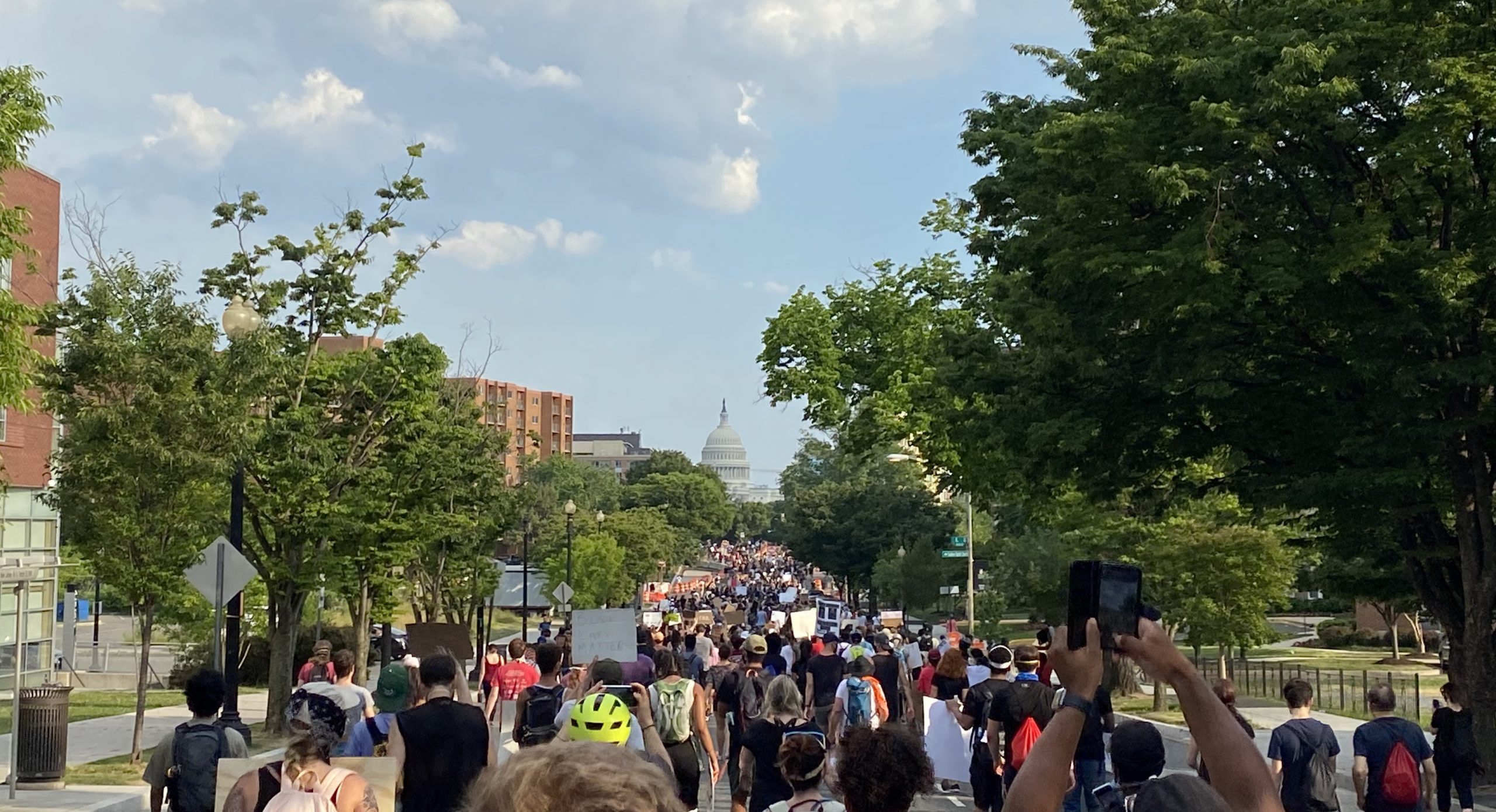
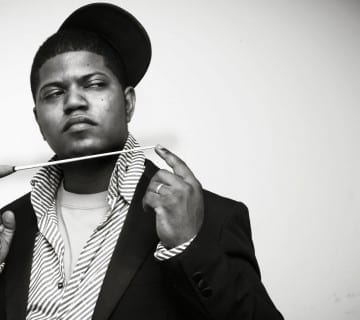
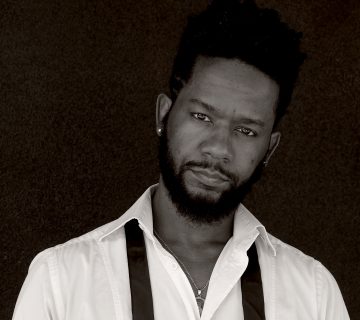
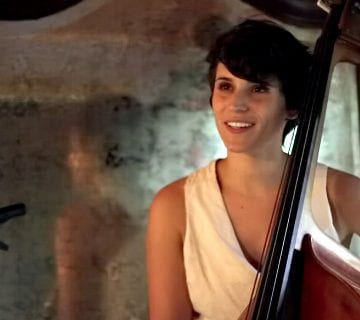
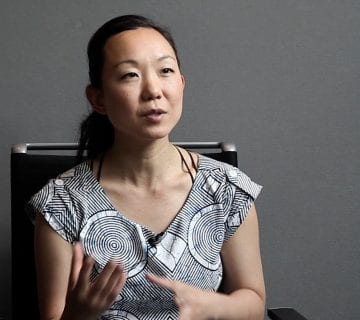

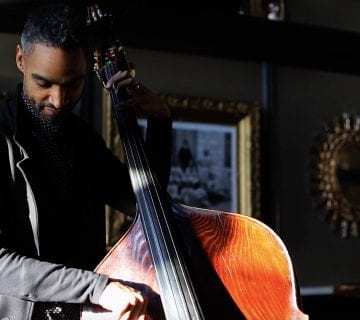
Join the Conversation →